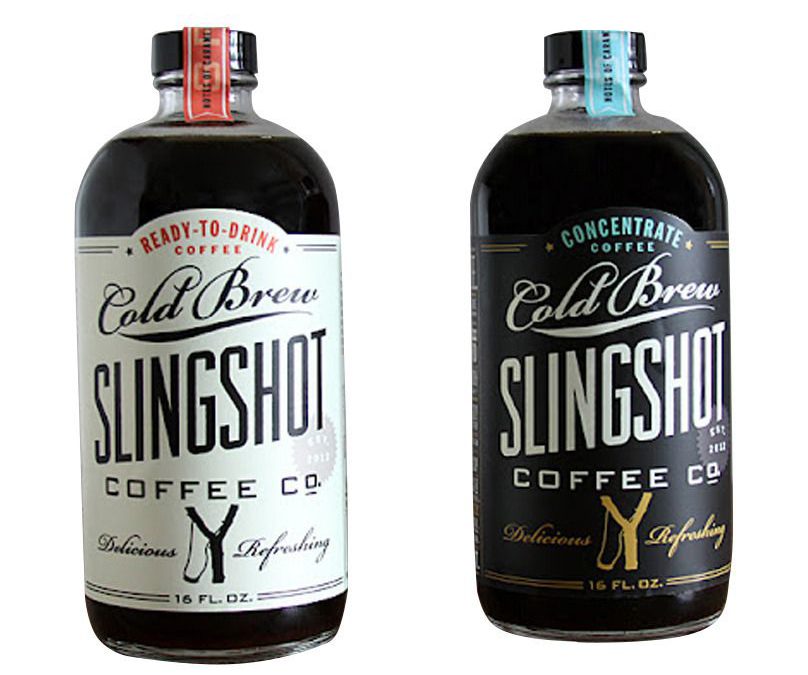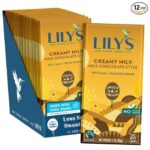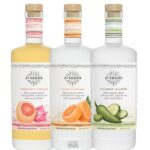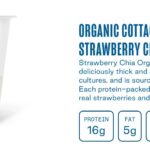Is it a substitute for hot coffee or energy drinks or cola beverages?
The drinks industry – especially the ready-to-drink cold beverages industry – is one of the fastest moving and most dynamic there is. Consumer tastes and preferences change rapidly, and drinks companies are constantly developing new products in a bid to keep ahead of the competition.
In recent years, cold coffee has burst onto the ready-to-drink scene and is establishing itself as a new favorite. Which drinks is cold coffee being positioned to compete with? How is it being marketed? And is it just a passing fad or is it here to stay?
A little bit of context
Before we consider the current state of the cold drinks market, let’s have a look at some of the background. In North America, the go-to soft drink has traditionally been the soda.
These iconic sugary, carbonated drinks enjoyed their heyday between the 1960s and the 1990s but since then, sales have declined. In the last 20 years, sales of full-calorie sodas have fallen by more than 25%.
Part of the reason for this is their close association with the obesity epidemic in the United States. While people do not blame sodas alone for America’s weight problem, many have begun to realize that downing sugar-filled drinks all day is not a healthy lifestyle choice.
Coupled with this is a growing awareness about the contents of the foods and drinks we buy.
Consumers increasingly take an interest in the health aspects of their dietary choices, a phenomenon that appears to be connected with the growth of the internet and the greater availability of information.
In particular, millennials seem to be choosing drinks that offer something extra, whether that be health benefits, increased hydration or an energy boost.
These trends have driven the rise of energy drinks, vitamin-enriched bottled waters and other innovative products. Consumers are also rejecting artificial additives in favor of healthy, natural ingredients.
Cold brew coffee
One drink that has risen swiftly to prominence in recent years is cold brew coffee. Between 2011 and 2016, sales of cold brew grew 580%.
Despite the fact that many consumers still don’t quite understand how cold brew differs from regular iced coffee, between 2015 and 2017, sales exploded, increasing by 460%.
How does cold brew differ from regular coffee? The answer is in the name. Cold brew coffee is coffee that is brewed using cold water rather than hot water, as in the traditional brewing method.
Coffee grounds are left to steep for much longer periods – up to 12 hours or more. This extraction process gives a much smoother, less bitter drink which appeals more to the taste preferences of today’s younger generation.
Many companies have seen the opportunity cold brew coffee offers and have begun marketing the drink as a direct competitor to more established drinks in various market segments.
Cold coffee vs hot coffee
The first area being targeted is the spot traditionally occupied by hot coffee. The hot brew has long been a morning staple for millions across America and around the world; for many, the thought of leaving for work in the morning without the requisite caffeine fix is almost unthinkable.
In the workplace, too, coffee has been responsible for keeping things moving. We all enjoy our mid-morning coffee break, and for many years, the office coffee pot was a common feature in any office environment – until this role was usurped by the Keurig pod-based system.
However, as the day wears on, people tend to drink less coffee since, for many, drinking coffee later in the day can affect sleep.
The recently announced acquisition of Dr Pepper Snapple by Keurig Green Mountain attests to a new trend. It would seem that Keurig wants to move away from simply selling a breakfast drink and towards making something that people can drink all day.
In the future, we can expect cold coffees and sparkling coffees that blur the line between classic sodas and traditionally iced coffees; we will see coffee drinks that people can enjoy at any hour, not just in the morning.
Cold coffee vs energy drinks
Since coffee naturally contains caffeine, another obvious target for coffee drink manufacturers is the energy drink market.
Several companies are now promoting their cold coffee drinks specifically as a healthy alternative to sugar-filled pick-me-ups, and some contain twice or even three times as much caffeine as a regular cup of coffee.
One such product is High Brew Coffee. Since awareness of cold brew is still relatively low, the company’s marketing strategy involved promotional campaigns at events like music festivals.
Such gatherings of young people in an outdoor environment looking for a quick energy boost and caffeine fix proved to be the ideal place to raise awareness of their product.
Cold coffee vs cola beverages
As we mentioned before, sales of traditional sodas have been in continual decline for many years. The many health benefits of drinking coffee are becoming widely known and many people are turning to cold brew as an alternative to colas and other similar drinks.
As fewer carbonated sodas are being sold, consumers, particular millennials, are turning to a range of alternatives which include bottled water with added vitamins, coconut water, and other trendy cold drinks.
With the increased awareness of healthy ingredients as well as the changing tastes of the younger generation, makers of cold coffee products are ideally placed to market these drinks in competition with older, established brands of soda – which are now increasingly perceived as unhealthy.
Cold coffee popular in multiple beverage market segments
In the past decade or two, global coffee consumption has increased enormously. First, Starbucks and other chains popularized high street coffee shop culture; since then, the Third Wave coffee movement has taken coffee and turned into something much more than just a simple drink.
Against this background, consumers are now increasingly aware of what they are putting into their bodies and there is an ever-increasing demand for healthy products. Brands like Raleigh-based Slingshot, Rise, JUS, and STOK are but a few of the recent entrants in this field.
As a result, cold coffee, this trendy, fashionable and versatile drink is now unsurprisingly taking over many important drinks markets – and it looks like it’s here to be here to stay.
This is a guest post by Kathy Gallo from The Daily Cupo. Check out Kathy’s blog that is all about coffee.
Photo Courtesy of Slingshot Coffee
You can set up a time to chat using my calendar. Email me jeffslater@themarketingsage.com Call me. 919 720 0995. The conversation is free and we can explore if working together makes sense. Try my new chat feature on my site if you have a quick question.




